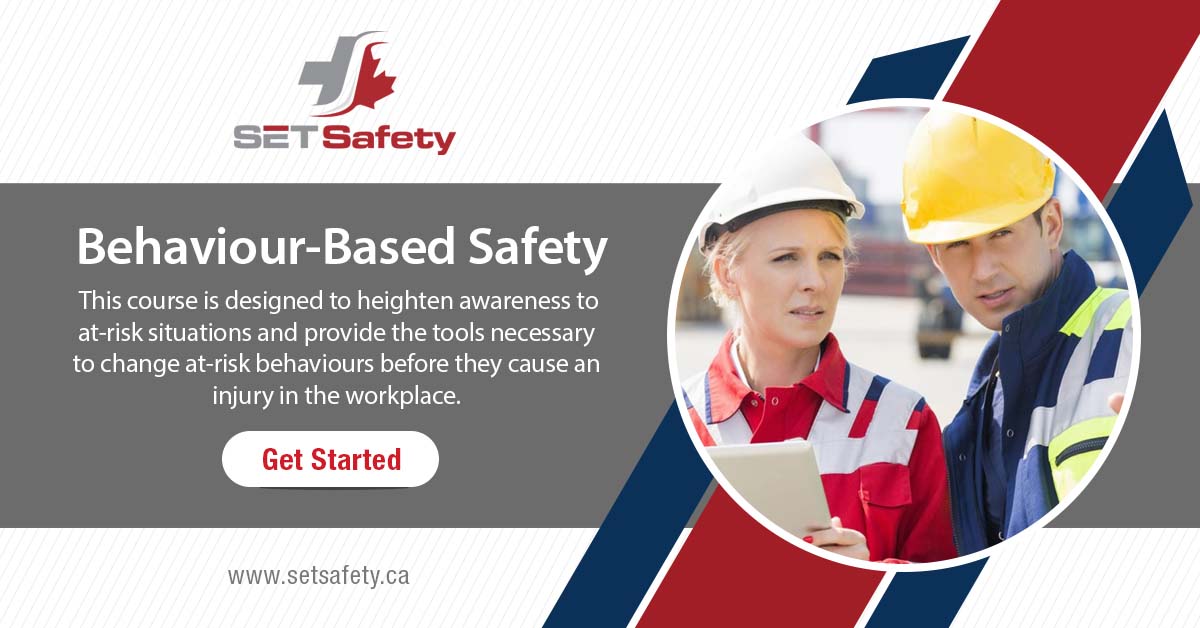How to Start Taking a Look at Your Current Safety Culture?
 Having a good safety culture in your organization is more important than ever. Companies with poor safety cultures see more incidents and injuries, poor attitudes and bad behaviour. Even if you think you’re doing things right, it never hurts to take a step back and reevaluate to make sure that everyone is on the same page. Improving your safety culture stands to improve your company as a whole, so read on to learn how to start taking a look at your current safety culture and what you can do to improve it.
Having a good safety culture in your organization is more important than ever. Companies with poor safety cultures see more incidents and injuries, poor attitudes and bad behaviour. Even if you think you’re doing things right, it never hurts to take a step back and reevaluate to make sure that everyone is on the same page. Improving your safety culture stands to improve your company as a whole, so read on to learn how to start taking a look at your current safety culture and what you can do to improve it.
What is A Safety Culture?
A safety culture is a shared set of values, beliefs and norms around safety that is supported and cultivated by both management and workers. Establishing such a culture is not a simple process, but once in place, it acts as a powerful tool that will ultimately help your company succeed.
How To Build An Effective Safety Culture
The creation of a productive safety culture is a scientific process that takes time to implement and grow. To start, you’ll need to analyze your work objectives and accident reporting procedures. Our Behavior-based Safety Online training course is a great starting point to help effectively improve your workplace safety culture.
Safety Culture Analysis
Every organization already has a safety culture. The impact comes in recognizing and evaluating the culture to ensure it has a productive and supportive focus.
To start analyzing your safety culture, consider the following questions:
- What type of safety structure is already in place?
- What communication currently exists around safety culture?
- Are you currently meeting injury and incident prevention standards?
- Are the base standards enough? Maybe you’re looking to go above and beyond.
Effective safety cultures require the entire organization to come to a collective agreement on what safety looks like. Gaining that “buy in” from your employees is a crucial to seeing your program succeed. So how do you do that? By realigning motivation. It’s common to see companies that align motivation with profit, not employee safety. Oftentimes, if a safety programs fails it’s because the current culture focuses too much on profit, and not enough on safety. Make sure your reward system is carefully built around the objectives that you want to focus on.
Three Takeaways
As you move forward with the implementation of your safety culture, keep these three key points in mind to ensure a successful rollout:
- Management must lead by example. Encourage managers to focus on rewarding safe behaviours rather than just penalizing unsafe ones.
- Listen to employee feedback. This will help your gain the investment of your employees, who will then go forward and propagate the new culture.
- Make sure all communication to employees is clear and consistent.
While building and implementing an effective safety culture will require a lot of time and effort, it stands to improve every facet of your company, including production, quality, efficiency and social programs. This Behavior-based Safety Online training course is a great starting point to help effectively improve your workplace safety culture
Interested in online safety training? Contact the team at SET Safety to learn about our online courses and how they can help you inform and protect your employees.

